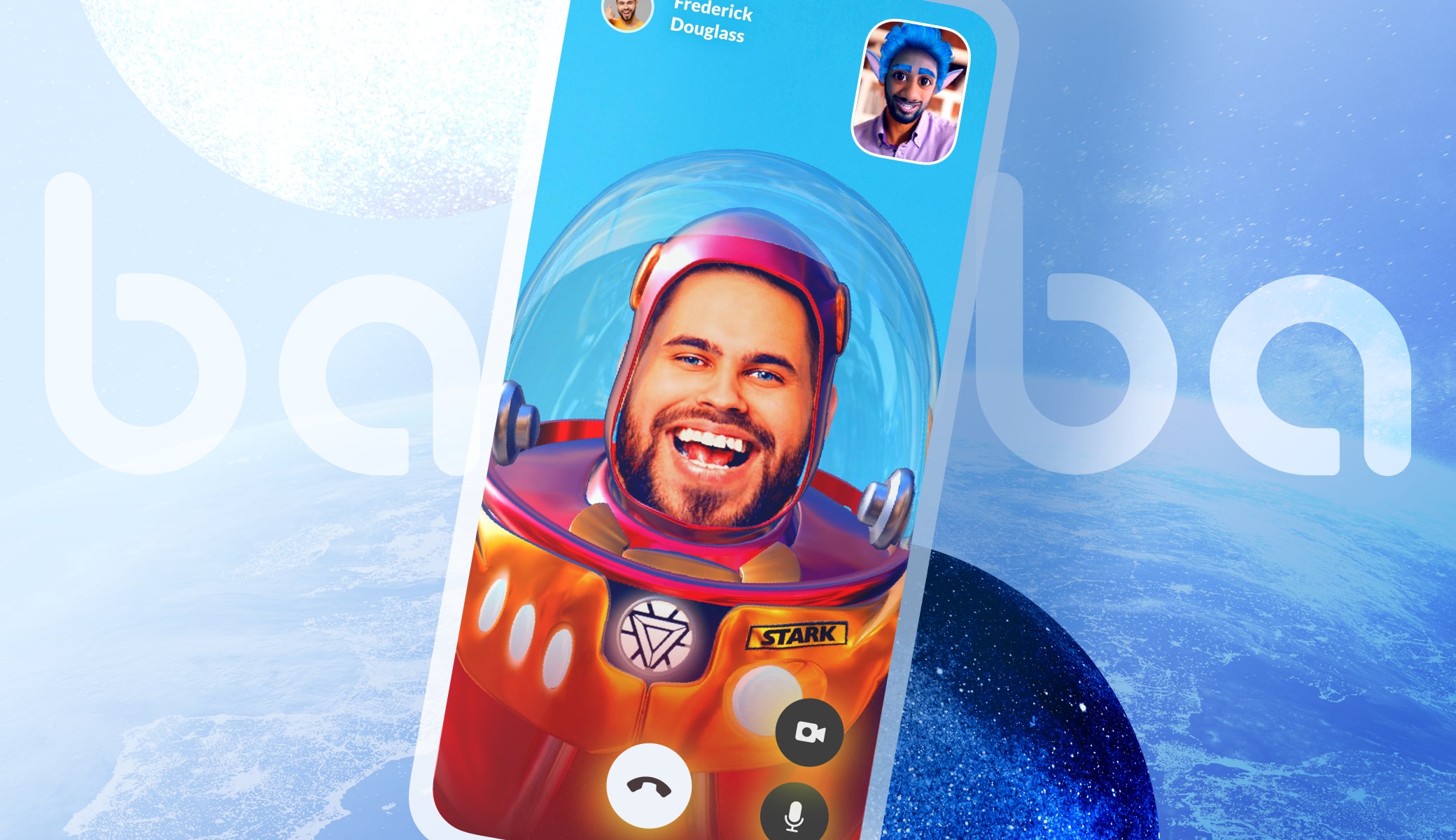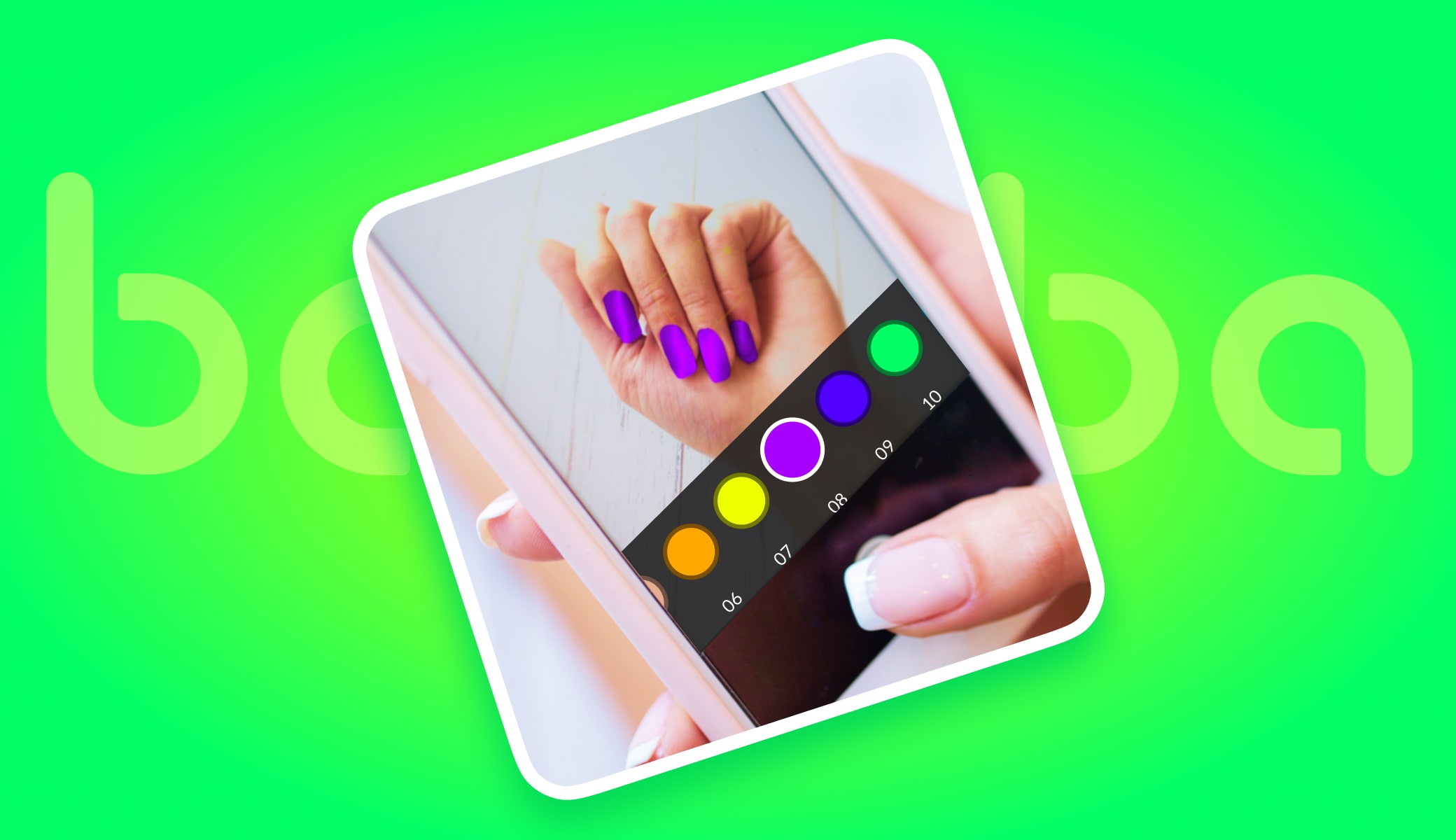Gen Z Characteristics Key To Successful Augmented Reality Marketing
A new breed of consumers aka Generation Z or Gen Z is growing, and the old-school marketing strategies don’t work for them. Wondering who are those youngsters making their living with their million-followers Insta accounts? And how AR technology can help to market to them more effectively?

Read this article to find out:
- Who are Generation Z and how valuable are they for brands?
- The Gen Z characteristics that make them differ from older generations.
- Why Gen Z is the ideal augmented reality target audience.
- Examples of augmented reality marketing strategies to Gen Z.
What is the Generation Z age range?
As of today, Gen Z is the youngest named generation on the planet. The Generation Z age range is 3 to 23 years old, with birth years between 1995 and 2015 representing current high school students. Their parents typically fall into Generation X (born in 1965 - 1979) or Generation Y (born between 1980 - 1994) groups.
One reliable differentiator between Gen Z and Gen Y (so-called Millennials) is familiarity with technology during childhood.
While previous generations can still recall the world without the internet, Gen Zs are ‘digital natives’. Raised in the age of smartphones and social networking, they shop, communicate and live online.
Why brands should focus their marketing strategies on Gen Z
To start with, Gen Zers are big spenders.
According to Joe Cardador, VP of consumer intelligence at Barkley, this young generation already represents up to $143 billion in buying power and will in a few years become the largest group of consumers in the US.
Their trendsetting abilities are not be ignored either — how teenagers interact with products and services impacts the spending habits of their families and friends to the tune of $600 billion a year.
Gen Z is the generation of opportunity for those brands who can rise to the challenge of building a strong relationship with them. Marketers need to align their strategies with Gen Z unique characteristics already today to build a loyal fan base tomorrow.
Ignore your potential young clients now, and you’ll end up without any one day.
Young, bold, pragmatic. Gen Z characteristics that make them unique.
Before getting into augmented reality marketing strategies that work best for Generation Z, it’s absolutely crucial to understand what makes these kids so special. Let’s go over the stark traits that set Gen Z apart from other generations.
Growing up in the mobile age
Gen Z kids typically got their first mobile phone before they went to school, and got used to playing with their parents’ gadgets even earlier. As a result, they are extremely well-versed in consumer devices and have a strong preference for mobile.
The media consumption habits of Gen Zers are centered around visual, easy-to-perceive information. On average, a modern teenager watches over 3 hours of video a day, the lion share of that through YouTube and Instagram.
Hyper-connected and hyper-social
Apart from watching dozens of videos a day, Gen Zers spend hours texting and using multiple social networks. Whether they’re travelling, shopping, eating out, or just lounging at home, they love to share their experiences with friends and family as quickly as possible.
The desire to give and receive instant feedback is accompanied by FOMO — fear of missing out. No wonder Gen Zers check their phones dozens of times a day!
Driven by a cause
Generation Z is reaching adolescence in a world plagued by social inequality and economic instability, not to mention the threat of irreversible climate change. Activism is an integral part of Generation Z culture and young people inevitably bring this mindset into everything they do, including their spending.
Studies show that young consumers expect brands to take a stand on the causes they care about, and are ready to reward them for it with their attention and money.
Early push for self-sufficiency
Gen Zers put a lot of stock in financial independence. They don’t like long-term commitments and expect to try out or try on a product before deciding to pay for it.
Many teenagers are inspired by stories of wealth achieved by Instagram influencers and popular Youtubers. Watching people their age make a living out of what they enjoy fuels Gen Z’s ambitions of not just going viral for a laugh, but becoming successful online entrepreneurs.
How augmented reality marketing changes the game for Gen Z
Traditional marketing strategies largely fall flat with Gen Z. These are consumers who jump from screen to screen throughout the day, expertly use ad blockers, and have a shorter attention span than any other generation.
AR apps can be just the magic bullet that marketers need to tackle this challenge, with its easy availability on mobile, instant engagement, and the effect of virality.
Gen Z is addicted to sharing their lives with the world? Great! Then brands have an opportunity to broadcast their message through their social media accounts of their own consumers. All it takes is to create an AR feature worth using and AR experience — worth sharing.
AR-based ads are less invasive — they literally merge with the real world without dragging the viewer out of the scene. This blurred line between technology and reality creates an air of authenticity that appeals to Gen Z’s own experience with technology.
Lastly, AR marketing is the definition of personalized. The viewer consciously lets the technology into their world and make it better. It doesn’t just hit close to home, it becomes part of it.
AR marketing strategies examples for Gen Z consumers
The incredible success of Pokémon Go — an augmented reality game that made almost $2.45 billion worldwide — propelled the technology to stardom. Hundreds of brands have jumped on the bandwagon with their own augmented reality marketing strategies.
A big chunk of AR experiences are released on mobile, where Gen Z produce and consume most of their content.
L’Oréal Paris has been making waves with their virtual makeover tool that allows users to test drive various products from lipstick to hair color before making the decision to buy. The feature works with still images or ‘live’, making it all the more appealing to those who want to appreciate their new look in motion.
Elsewhere in retail, Zara has launched an engaging augmented reality store experience with models demonstrating the latest Zara looks as you point your phone at certain spots within the store.
CoverGirl rolled out a Web-based AR platform to allow consumers to try on makeup looks virtually in real-time. No friction with app downloading — just launch your camera and go.
AR has penetrated marketing for popular movies and TV series, including campaigns for the movie Ready Player One and the Netflix superhit series Stranger Things. The studios released custom apps that let users experience filming locations and unlock premium content or win prizes after completing fun challenges.
The branded AR filters on Snapchat have resulted in creative marketing campaigns for Taco Bell, X-men and Terminator Genysis movie promotion, The World Wildlife Fund, Rocky Horror Picture Show to name but a few.
Educational institutions appeal to Gen Z not only by adding AR tools to their learning programs, but by letting prospective students discover their campuses through the lens of augmented reality.
Put all of this on top of inventive AR-assisted Snapchat ad campaigns, Facebook AR ads, and Instagram face filters, and it becomes obvious why AR has become the hottest marketing trend of 2018. A perfect answer to Generation Z problems, it allows brands to win over a very demanding and elusive group of consumers.



